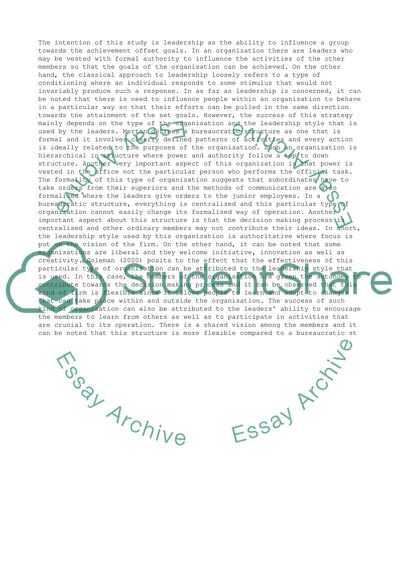Cite this document
(“Organizational Leadership Term Paper Example | Topics and Well Written Essays - 2750 words”, n.d.)
Retrieved de https://studentshare.org/management/1392346-organizational-leadership
Retrieved de https://studentshare.org/management/1392346-organizational-leadership
(Organizational Leadership Term Paper Example | Topics and Well Written Essays - 2750 Words)
https://studentshare.org/management/1392346-organizational-leadership.
https://studentshare.org/management/1392346-organizational-leadership.
“Organizational Leadership Term Paper Example | Topics and Well Written Essays - 2750 Words”, n.d. https://studentshare.org/management/1392346-organizational-leadership.


